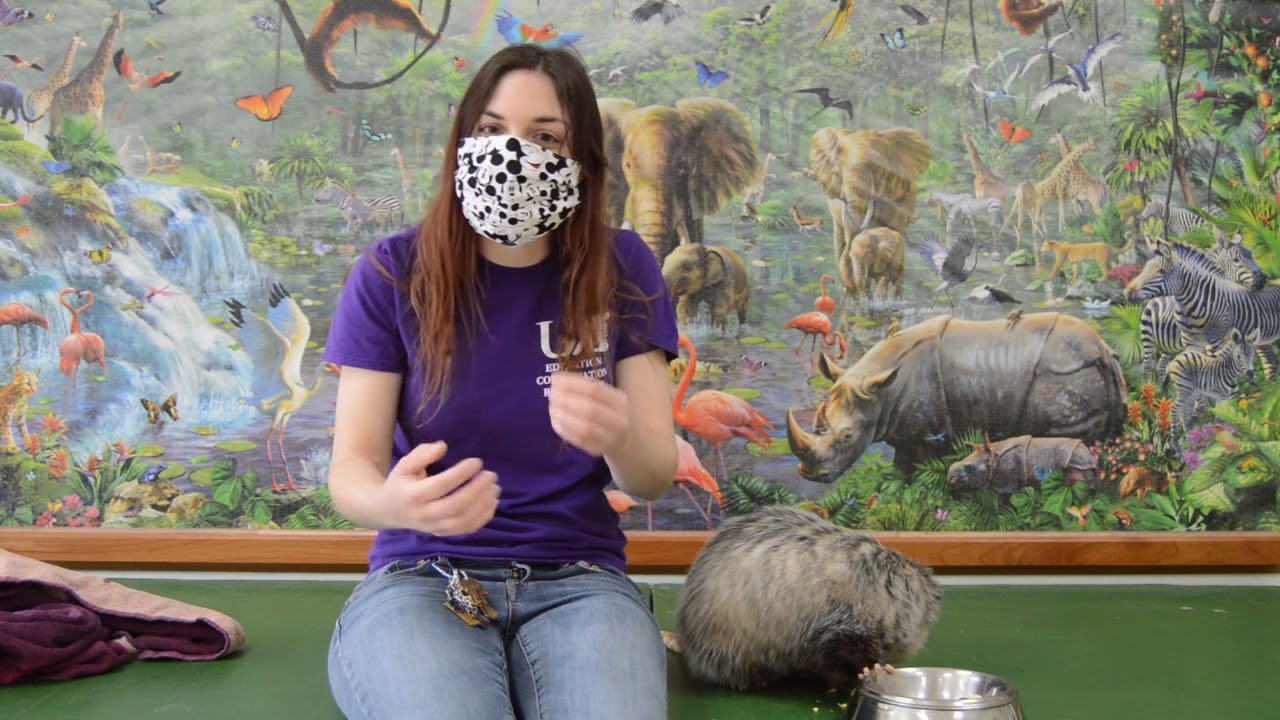– Understanding nocturnal and crepuscular animals through the lens of Utica Zoo’s Uti-kaZoo Kid’s Academy with a special feature on Daisy the Virginia Opossum.
– Exploring nighttime behaviors and adaptations in animals that thrive after dark.
– The significance of educating the public about these animals and their habitats for conservation efforts.
– How zoos like Utica Zoo play a crucial role in wildlife conservation and education, supported by hands-on programs like Uti-kaZoo Kid’s Academy.
Nocturnal and crepuscular animals fascinate with their adaptability to life in the shadowy hours of dusk, night, and dawn. Utica Zoo’s initiative, Uti-kaZoo Kid’s Academy, sheds light on these often misunderstood creatures, providing an educational resource that is as engaging as it is informative. A key figure in their educational lineup is Daisy the Virginia Opossum, whose presence offers a tangible connection to the night’s most elusive.
In understanding these animals, one must delve into their behavioral patterns and physiological adaptations that enable their nocturnal and crepuscular activities. Nocturnal animals, active primarily during the night, and crepuscular animals, active during twilight, have evolved unique characteristics that allow them to navigate their environments, hunt, and avoid predators under cover of darkness or twilight.
For instance, many nocturnal animals boast enhanced sensory adaptations such as superior night vision, acute hearing, and heightened senses of smell. The Virginia Opossum, like Daisy, demonstrates many of these adaptations. With its large, sensitive ears and eyes adept at night vision, the opossum exemplifies nocturnal survival strategies. These adaptations facilitate their nocturnal lifestyle and play a pivotal role in their survival by enhancing their ability to find food and evade predators.
Educating the public about nocturnal and crepuscular animals is imperative for their conservation. Misconceptions and myths often surround these creatures of the night, leading to unwarranted fear or even persecution. Through programs like Uti-kaZoo Kid’s Academy, zoos can dispel myths and foster a deeper appreciation and understanding among visitors of all ages. This educational approach is critical in building awareness about these animals’ ecological roles and the conservation challenges they face, such as habitat destruction and pollution, which threaten their survival.
Zoos, including Utica Zoo, are at the forefront of wildlife conservation and education. Through immersive experiences and engaging programs, they bring visitors closer to the natural world, promoting a sense of environmental responsibility and stewardship. Uti-kaZoo Kid’s Academy, featuring animals like Daisy at the Virginia Opossum, offers a hands-on learning experience beyond traditional zoo visits. This proactive approach to education allows participants to gain a deeper insight into the lives of nocturnal and crepuscular animals, understanding their importance in natural ecosystems and the pressing need for their conservation.
Moreover, such educational programs underscore the role of zoos as vital centers for conservation research. By studying animals in both captive and wild settings, zoologists and researchers can gather essential data on animal behavior, genetics, and health, contributing to broader conservation efforts. This research not only aids in caring for zoo animals but also informs strategies for protecting their wild counterparts and preserving biodiversity.
In summary, understanding nocturnal and crepuscular animals is essential for appreciating the complex tapestry of life on Earth. Programs like Utica Zoo’s Uti-kaZoo Kid’s Academy are critical in shedding light on these remarkable creatures. By featuring engaging ambassadors like Daisy the Virginia Opossum, these programs offer invaluable insights into the adaptability and ecological significance of animals that thrive in the darkness. As such, zoos continue to be pivotal in the global effort to conserve wildlife, fostering a connection between humans and the natural world rooted in knowledge, respect, and an unwavering commitment to preservation.
*****
Source Description
Hi there! Thanks for joining us for today’s episode of Uti-kaZoo Kid’s Academy!
Today, we will continue our adaptation lessons with Daisy, our Virginia Opossum! Learn from Kathleen all about Daisy’s adaptations, find out what a nocturnal or crepuscular animal is, and then head to UticaZoo.org/kazoo for some fun activities!
Teachers and parents, we salute you! You are doing a great job! If our videos and activities have been helpful to you during these times, consider supporting our animals via our Emergency Fund. Your support helps our team continue providing the absolute best possible care while we temporarily close to the public. We appreciate you!
Thanks to our friends at First Source Federal Credit Union for their continued support of educational programs at the Utica Zoo.


